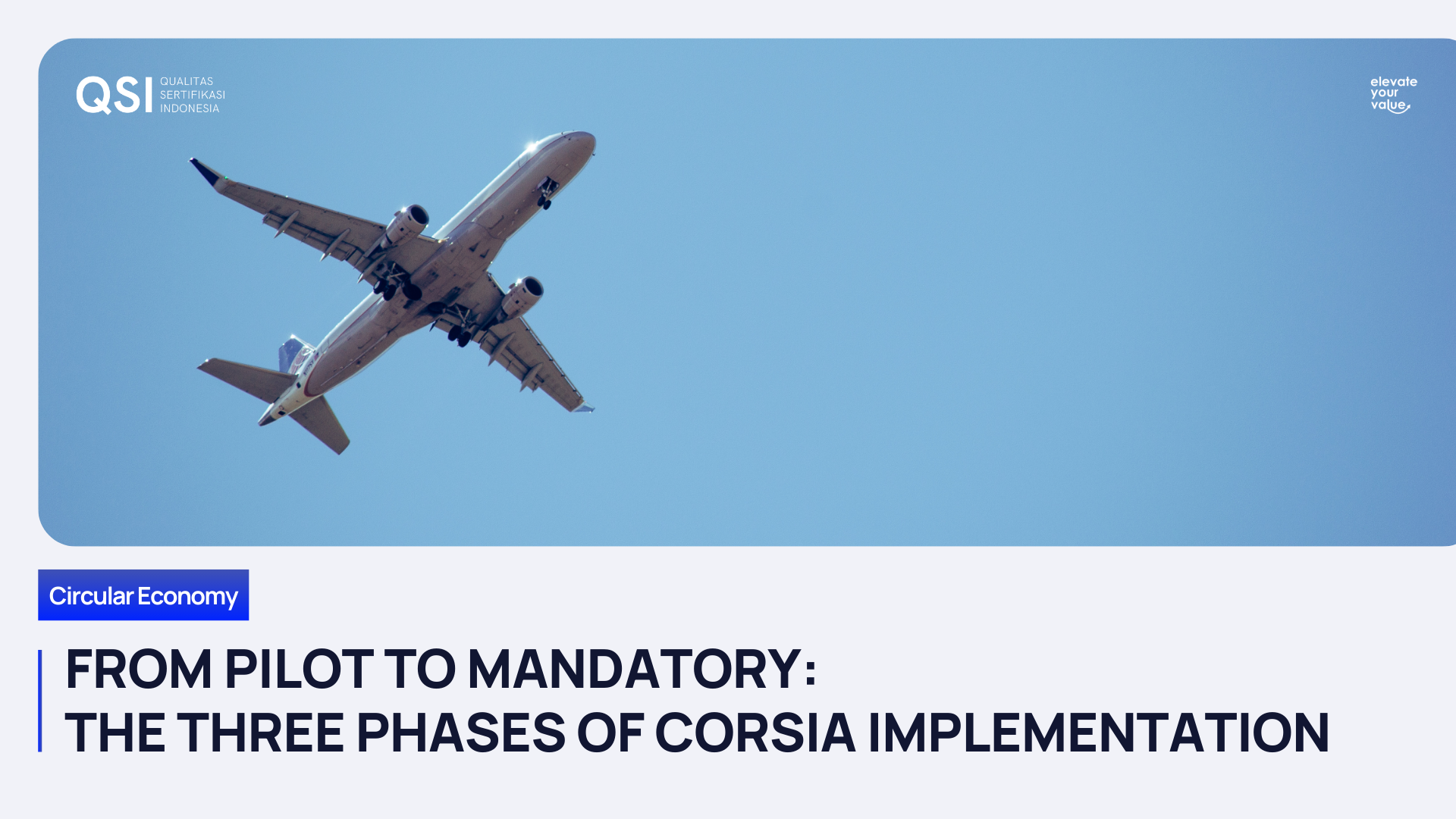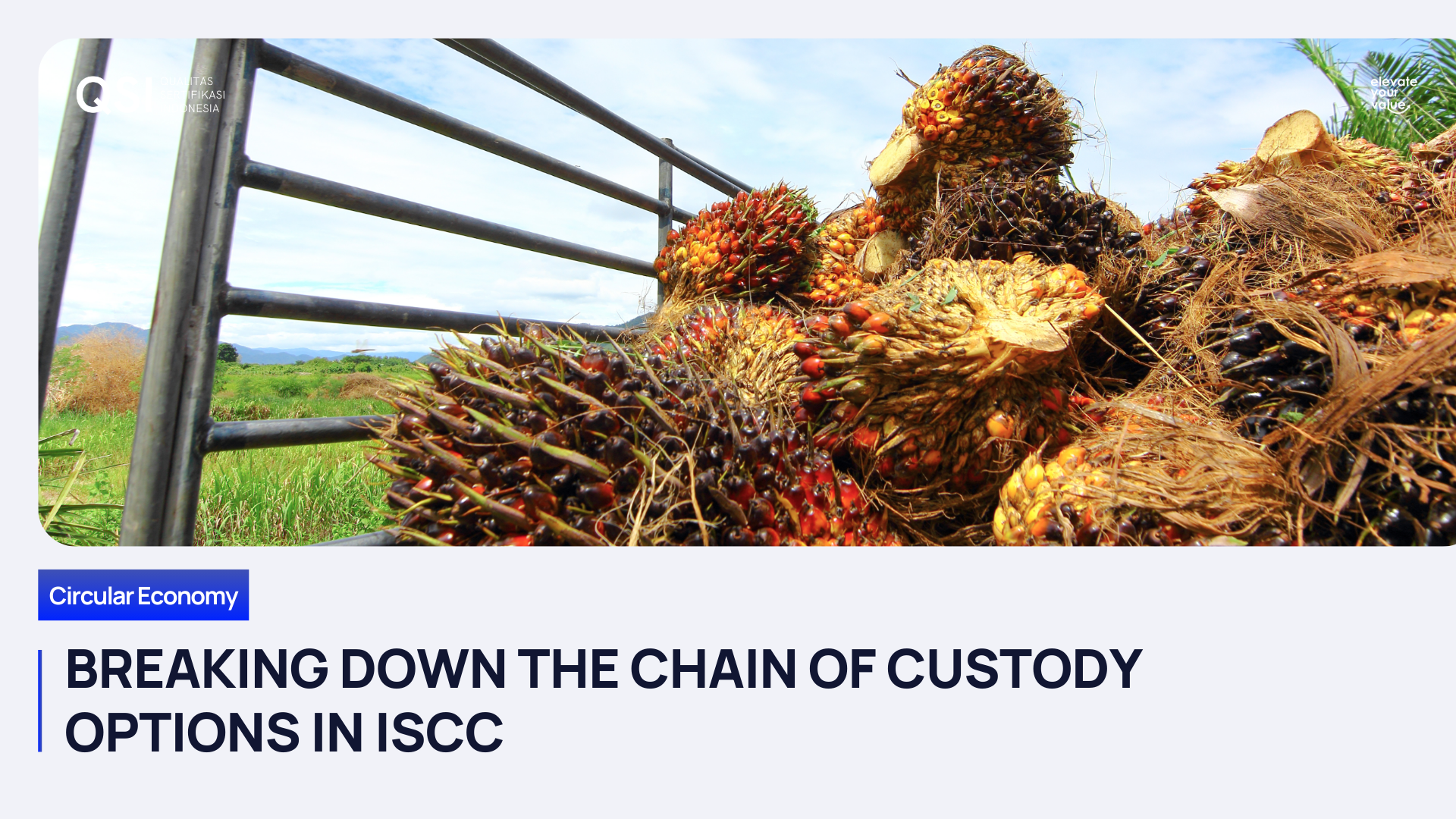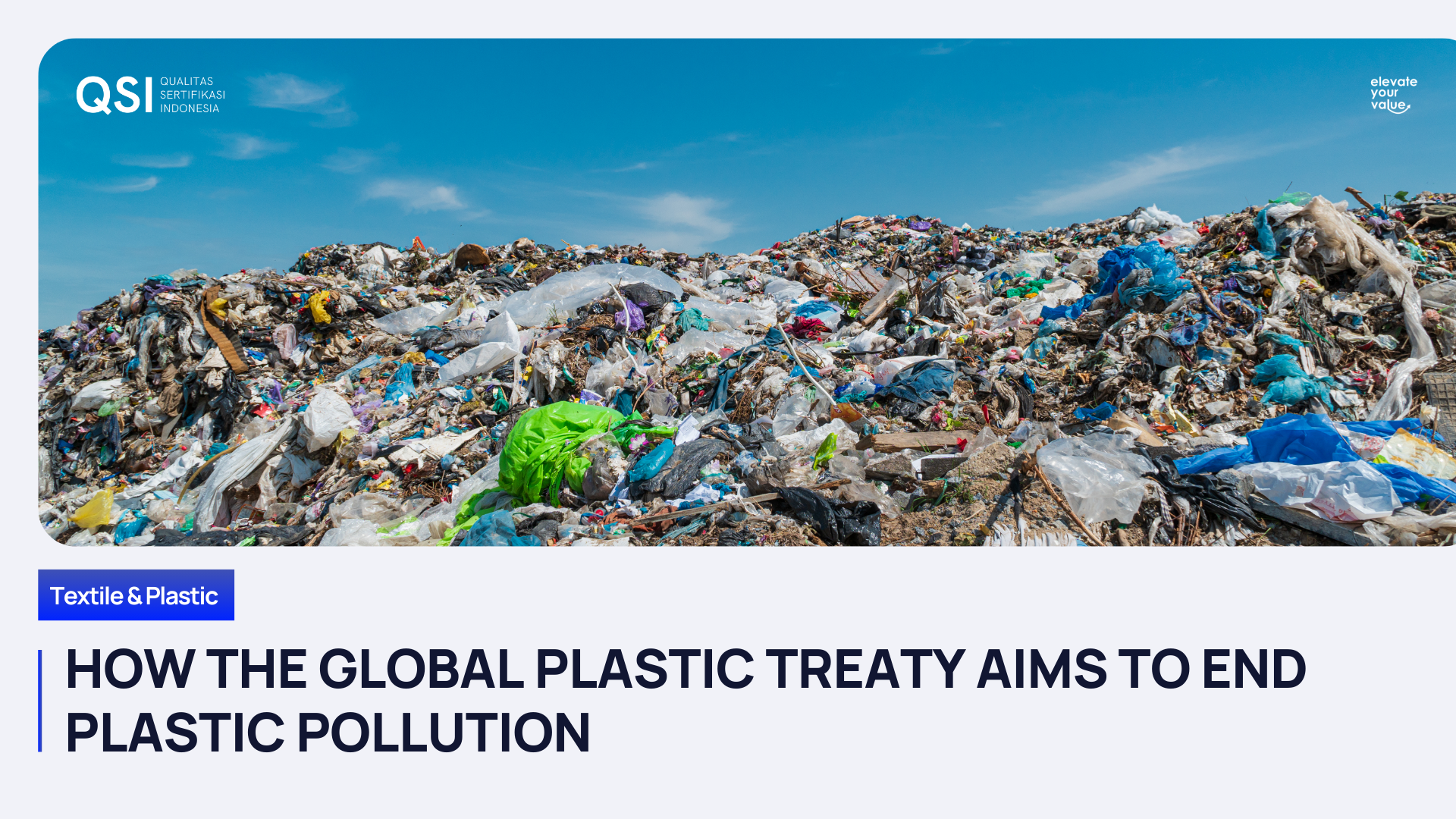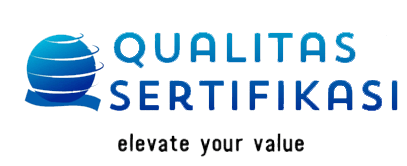Memanfaatkan Kendaraan Listrik dalam Kehidupan Sehari-hari

Pemerintah Indonesia sejak 3 September kemarin memutuskan menaikkan harga bahan bakar minyak (BBM), mulai dari Pertalite, Solar, hingga Pertamax. Harga Pertalite yang semula Rp 7.650 menjadi Rp 10.000 per liter, Solar subsidi dari Rp 5.150 menjadi Rp 6.800 per liter, serta Pertamax dari Rp 12.500 menjadi Rp 14.500 per liter.
Keputusan kenaikan harga ini pastinya membawa dampak besar bagi kehidupan sehari-hari, terlebih bagi pengguna aktif kendaraan pribadi. Setiap bulannya, para pengendara harus merogoh kocek yang lebih dalam untuk pengeluaran kebutuhan bbm ini. Keberadaan kendaraan pribadi, seperti motor maupun mobil, sampai saat ini memang masih menjadi hal yang tidak bisa dihindarkan dari kehidupan sehari-hari.
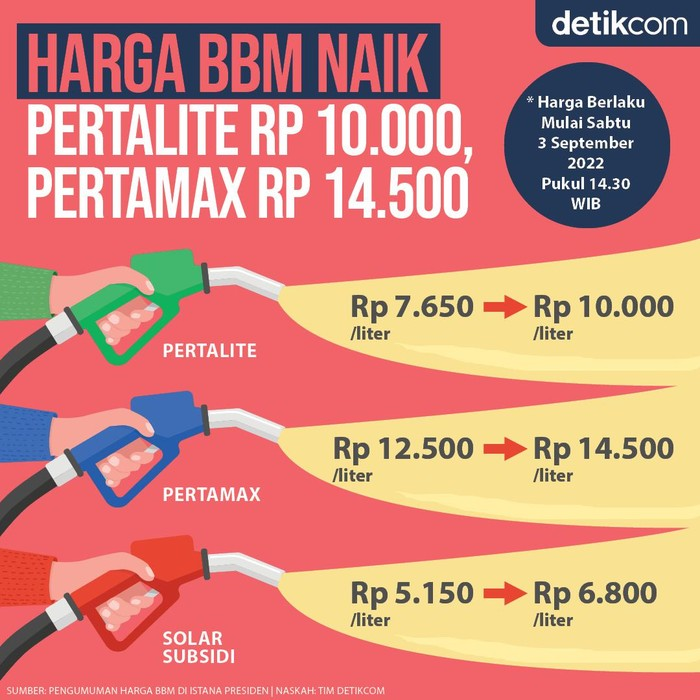
Menurut data dari Badan Pusat Statistik (BPS) pada 2020, sebanyak 51,24 persen pekerja komuter Indonesia memilih menggunakan kendaraan pribadi atau dinas. Kondisi ini tidak jauh berbeda dari riset yang dilakukan YouGov bertajuk ‘International Automotive Report 2021’. Pasca menyebarnya pandemi Covid-19, ternyata 83 persen masyarakat dunia memilih menggunakan kendaraan pribadi. Hal ini berhubungan pula dengan perilaku menjaga jarak sosial, demi mencegah penularan virus tersebut.
Tidak bisa dipungkiri, kepemilikan kendaraan pribadi memang memiliki manfaatnya sendiri. Selain membantu mobilitas harian, keberadaannya juga sangat mendukung fleksibilitas seseorang berpindah dari satu tempat ke tempat lain. Faktor lain yang menjadi perhatian dalam penggunaan kendaraan pribadi adalah kemudahan jika hendak bepergian bersama keluarga dibandingkan menggunakan angkutan umum.
Namun, dengan kondisi harga BBM yang naik dan meningkatnya suhu bumi maupun kewaspadaan akan perubahan iklim, ada baiknya jika kita mulai memikirkan kembali penggunaan kendaraan berbahan dasar fosil atau minyak bumi. Saat ini, telah muncul beragam inovasi dan upaya untuk mengurangi ketergantungan akan
bahan bakar kendaraan bermotor ke biodiesel
maupun listrik. Pilihan penggunaan kendaraan motor listrik saat ini semakin beragam.

Lantas, apa kelebihan kendaraan listrik?
Kehadirannya yang lebih ramah lingkungan membuatnya memiliki banyak kelebihan dibandingkan dengan kendaraan dengan bahan bakar minyak. Salah satu yang mencolok adalah suaranya yang halus sehingga tidak perlu takut mengganggu orang lain, terlebih jika melewati jalan yang sempit.
Selain itu, kendaraan listrik memiliki efisiensi yang cukup tinggi jika dibandingkan sepeda motor yang menggunakan bahan bakar minyak. Motor listrik, contohnya, memiliki efisiensi hingga 3 kali lipat jika dibandingkan dengan motor biasa, mencapai angka 90 persen. Sedangkan motor biasa tingkat efisiensi mesinnya hanya sebesar 30 persen. Kendaraan listrik juga sangat mendukung energi terbarukan, terlebih jika listriknya didapat dari pembangkit listrik tenaga air (PLTA).
Kendaraan listrik yang saat ini beredar di masyarakat tidak hanya terbatas pada mobil dan motor saja. Kehadiran sepeda listrik dengan berbagai model dan jenis juga dapat membantu masyarakat dalam beraktivitas sehari-hari. Harga yang ditawarkan pun beragam, sehingga masyarakat bisa menyesuaikan dengan kemampuan masing-masing. Untuk motor contohnya, beberapa merk seperti Selis, Viar, United, Goodrich, Gesits, Alva One dan Volta Virgo, berusaha untuk membuat motor listrik dengan tampilan yang tidak kalah menarik. Rentang harga untuk kendaraan ini mulai dari Rp 10 juta hingga Rp 35 juta.
Pemanfaatan kendaraan listrik ini didorong oleh pemerintah Indonesia, yang telah merancang peta jalan penggunaan kendaraan listrik sebagai alat transportasi nasional. Bahkan, Presiden Joko Widodo terus mendorong percepatan penggunaan mobil listrik di Tanah Air. Tak berhenti di situ, Kementerian ESDM juga mengutarakan akan memberikan fasilitas bagi masyarakat yang ingin mengkonversikan kendaraan motornya menjadi motor listrik.
